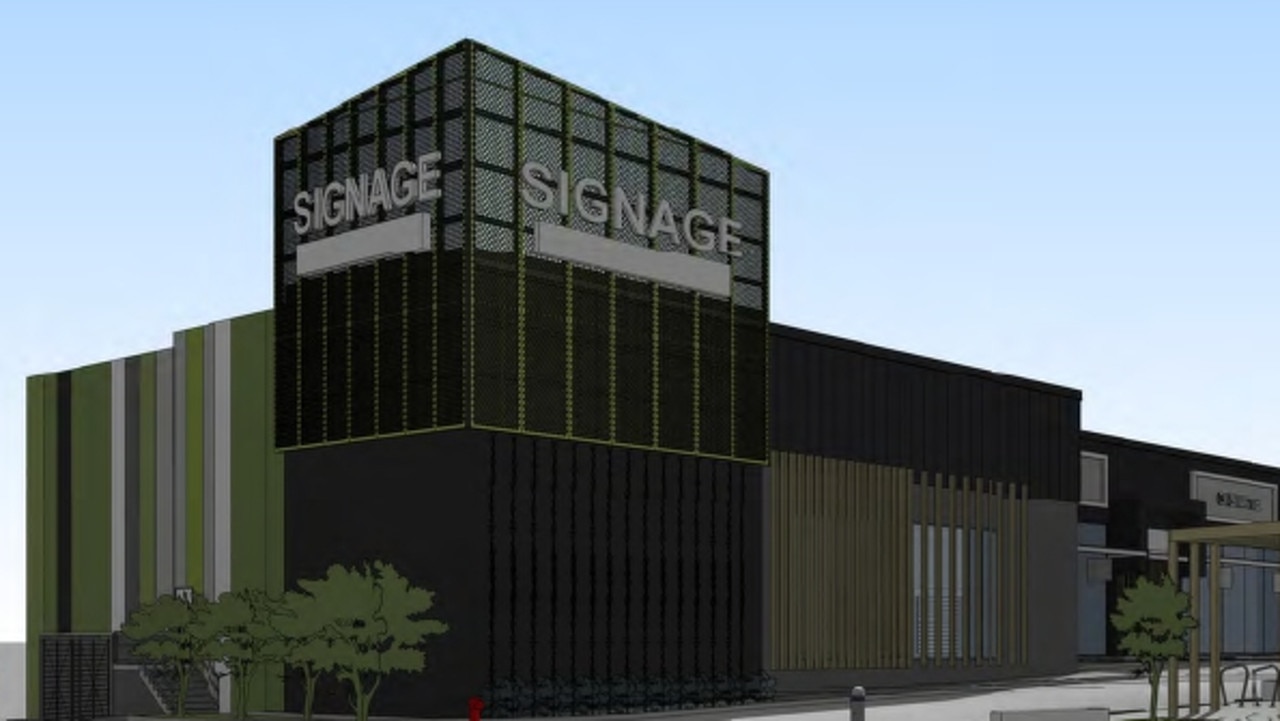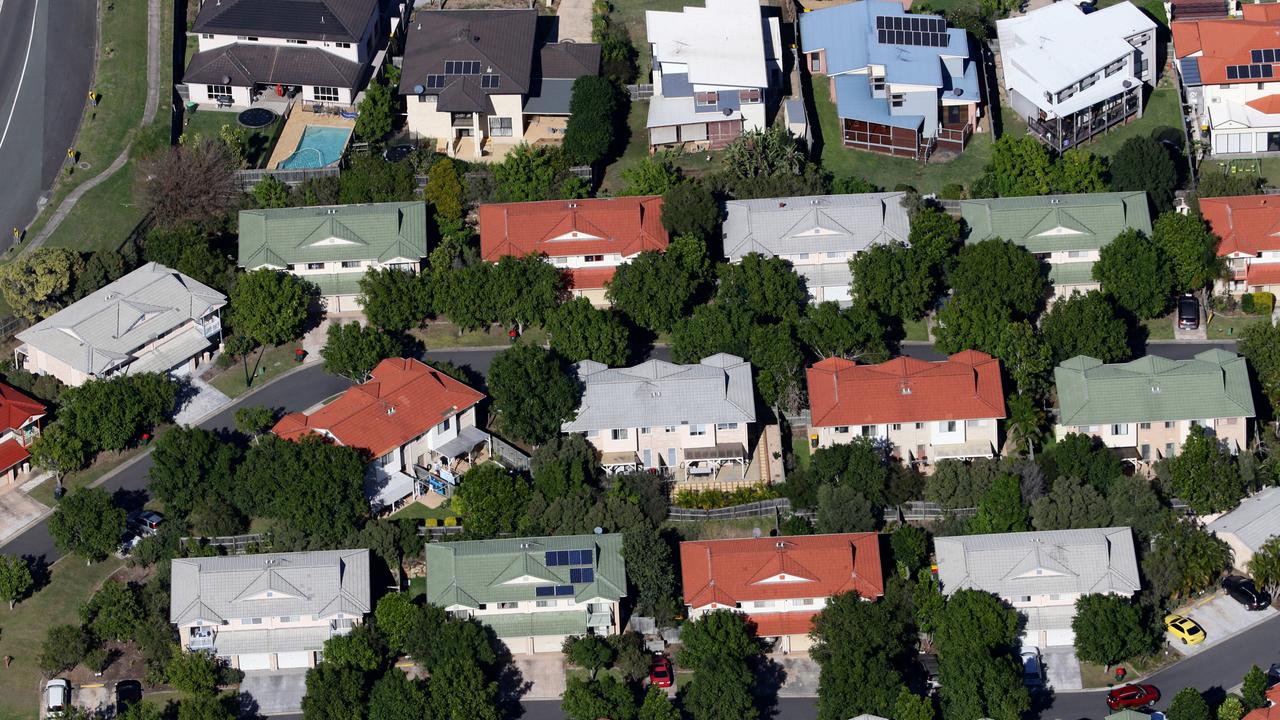How far housing prices have dipped in your suburb
Housing prices have shrunk in every suburb over the past year, but some may have turned the corner — was your suburb among them? Search the list>>
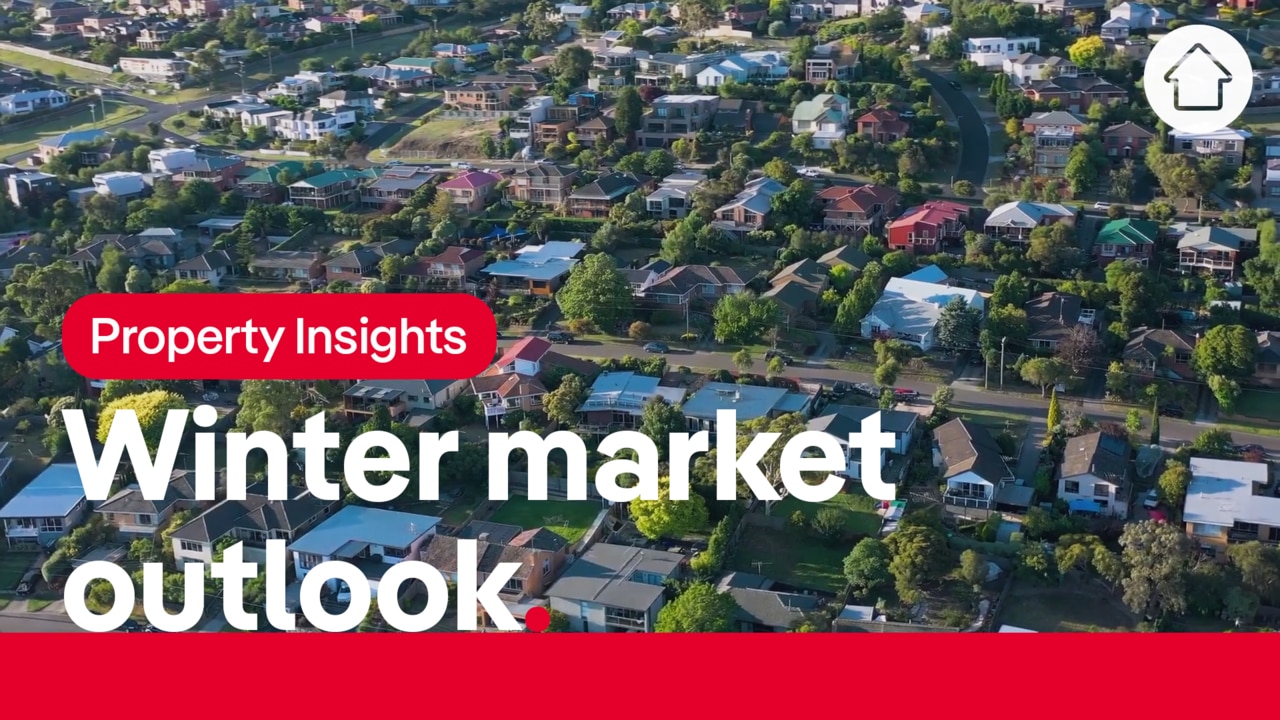
Property
Don't miss out on the headlines from Property. Followed categories will be added to My News.
EVERY greater Hobart suburb has recorded an annual valuation decline, but a new report shows the areas that have already shifted towards growth.
PropTrack’s Quarterly Home Values report has revealed the largest downturn in median prices in greater Hobart were in unit markets in the city. The median price of the suburb of Hobart declined by 13.8 per cent, while North and West Hobart retreated 11.7 per cent each.
The largest change for houses was in lifestyle acreage hotspot Sandford, which was the only growth suburb in the previous report. It is down 9.3 per cent for the quarter, but still sits above the $1m median mark.
Greater Hobart’s next largest falls, for houses, were in Clarendon Vale (4.3 per cent), Sandy Bay and Oakdowns (3.9 per cent each), Taroona (3.4 per cent), and Risdon Vale and Lutana were both 3.3 per cent lower.
However, green sprouts might be shooting up in some beach suburbs.
Quarterly growth was recorded in neighbouring Lauderdale and Seven Mile Beach, 3.1 per cent and 3.6 per cent. And on greater Hobart’s outskirts, Primrose Sand pricing pushed 3.9 per cent higher.
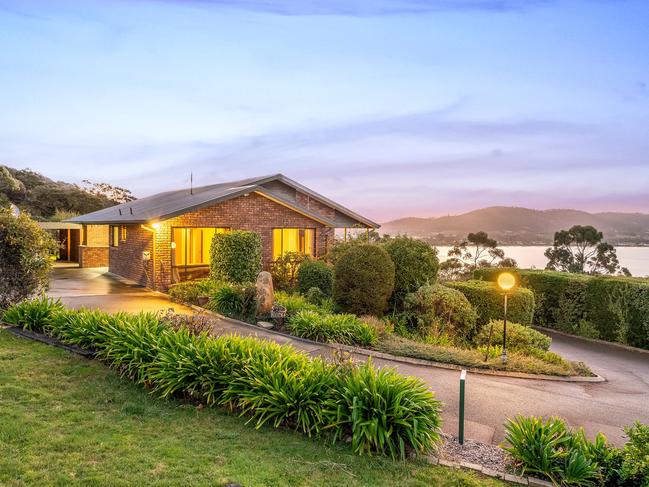
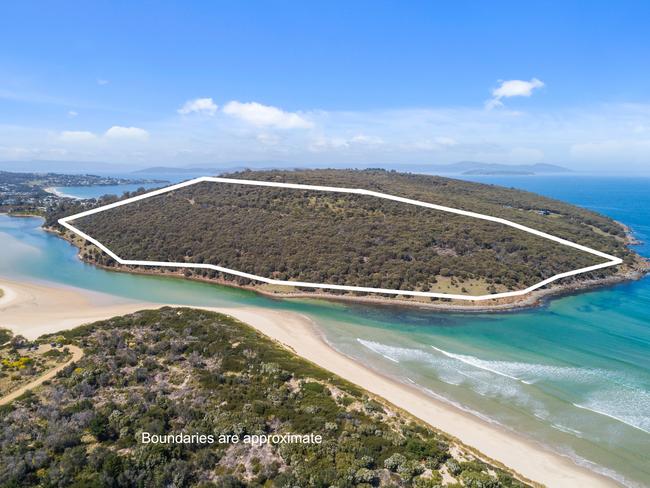
Prestigious Battery Point houses were up 2.5 per cent, while Acton Park grew by 2 per cent.
New Norfolk houses recorded no change at all.
Of the 71 greater Hobart suburbs analysed in the report’s automated valuation model — which excludes low confidence valuations and analyses every home, not just recent sales — only two of 17 unit suburbs recorded a positive price change.
Units in Sandy Bay were up a little at 0.5 per cent, while Blackmans Bay grew by 2.4 per cent.
MORE: Same buyer scoops up pair of top Bruny Island addresses
‘Rent free’: Hobart landlords make unexpected offer
In total, 23 suburbs showed annual growth between 0.1 per cent and 3.9 per cent, while 47 recorded a quarterly decline of 0.1 per cent to 13.8 per cent.
North Hobart showed the largest year-on-year fall with a 22.5 per cent change in the median unit value. However, the suburb’s houses recorded the smallest decline, dipping just 2.5 per cent annually.
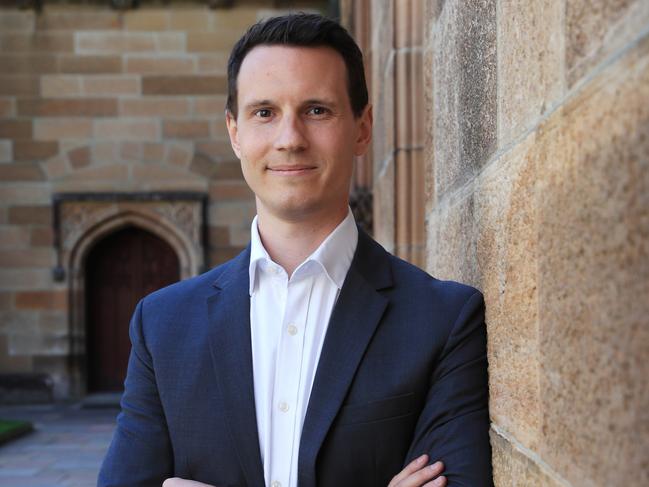
PropTrack economist Angus Moore said suburbs can have their own idiosyncrasies and individual trends that are different compared to Hobart as a whole.
“There are some early signs that the pace of price falls in Hobart might be moderating,” Mr Moore said.
“Some suburbs have posted positive growth figures over the quarter.
“However, sales volumes have slowed this year compared to the start of 2022 and 2021.”
MORE: Global inquiry for former hospital site
Hobart’s best cheap, liveable suburbs revealed
Mr Moore said prices in greater Hobart are down 6.4 per cent compared to this time last year, and since the market’s peak they are 7.2 per cent lower.
“Hobart is still up 38 per cent compared to pre-pandemic figures, and unlike other cities, Hobart was performing well for a couple of years before Covid,” he said.
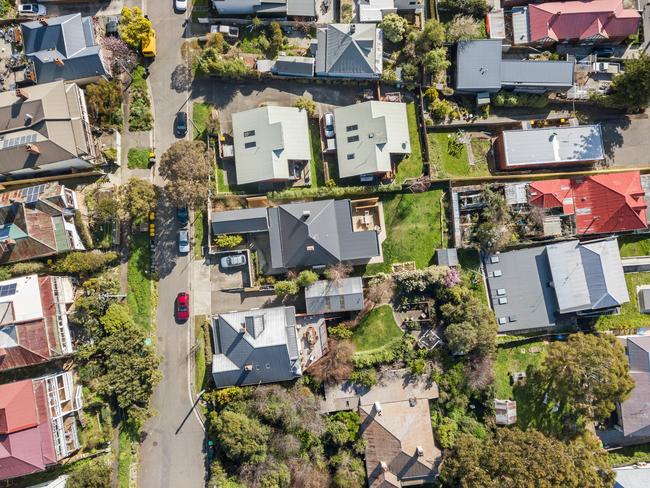
While a pause in interest rate tightening was welcome news to mortgage holders, Mr Moore does not believe it will have a big impact on the market.
“It was fairly confidently signalled that there is another rise to come, maybe two, depending on what happens with inflation,” he said.
“We are getting close to the peak, which gives buyers confidence in what a loan will cost and how much they can borrow.”
In regional Tasmania, the report found that Currie’s median house price fell 17.2 per cent in the quarter, followed by the West Coast hubs Zeehan (12.5 per cent), Queenstown (10.7 per cent), and Roseberry (8.3 per cent).
The largest quarterly growth was East Coast town Stieglitz, where houses were up 7.5 per cent. The next best were Scamander (6.7 per cent), Wynyard (6.6 per cent), and Beauty Point (4.1 per cent).
More Coverage
Originally published as How far housing prices have dipped in your suburb




